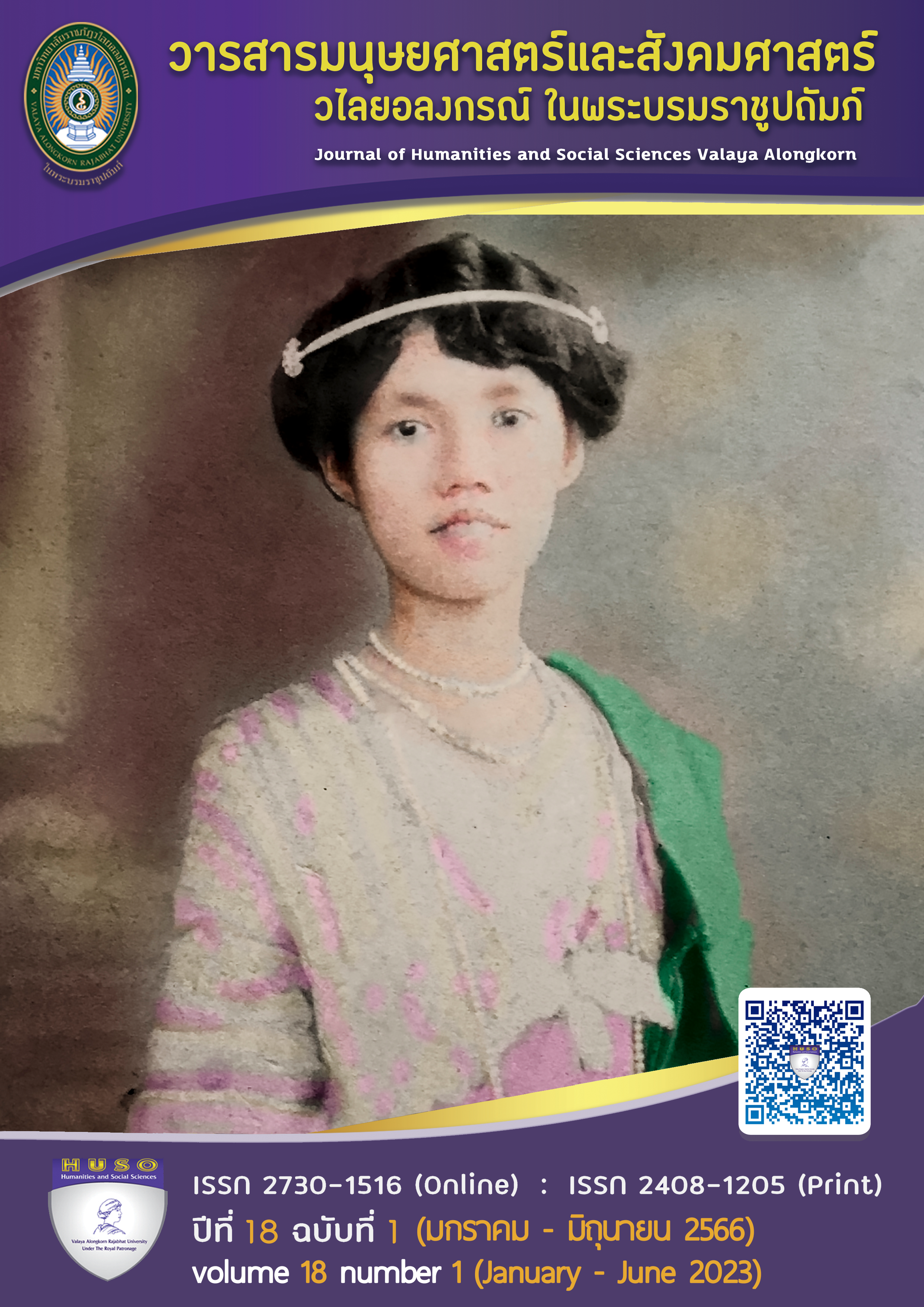TOO MUCH TEXT ON SLIDES: AN ANALYSIS OF MEDIA TYPES THAT CAUSE COGNITIVE LOAD CONDITIONS
Main Article Content
Abstract
A general information presentation where either the presenter reads the text on the slide screen or he/she may use subtitles that are different from the on-screen content while narrating, seems to be a traditional style. There is a question of what kind of presentation methods are effective and which ones are not effective and how. In this article, a comparison between a good and bad media type, including its background, advantages, and disadvantages will be discussed. The relevant research results are to be used as evidences, the problem of ineffective media used in a Power Point (PPT) program will be pointed, for example, having more text in the slides that listeners may not get them in the time constraint can cause a nervous state to receive information overload. This is called in psychological term as "Cognitive load" (heavy condition on the brain), which may cause learning failure on presentation. From the results of research in the field of educational psychology, the study concluded by referring to the structure of the brain in the process of entering information into the human memory system (Human Memory Model). The result revealed that to have achievement, instructional media must be suitable designed and consistent with the functions and capabilities of the central nervous system (working memory).
Results of research studies on brain processes will be used as a reference to include knowledge in theory by discussing and categorizing types of media, including problems that cause cognitive load on audiences. Human cognitive architecture is fundamental base used for analyzing.
Article Details

This work is licensed under a Creative Commons Attribution-NonCommercial-NoDerivatives 4.0 International License.
ลิขสิทธิ์บทความวิจัยที่ได้รับการตีพิมพ์เผยแพร่ในวารสารมนุษยศาสตร์และสังคมศาสตร์ วไลยอลงกรณ์ ในพระบรมราชูปถัมภ์ ถือเป็นกรรมสิทธิ์ของคณะมนุษยศาสตร์และสังคมศาสตร์ มหาวิทยาลัยราชภัฏวไลยอลงกรณ์ ในพระบรมราชูปถัมภ์ ห้ามนำข้อความทั้งหมดหรือบางส่วนไปพิมพ์ซ้ำ เว้นแต่จะได้รับอนุญาตจากมหาวิทยาลัยเป็นลายลักษณ์อักษร
ความรับผิดชอบ เนื้อหาต้นฉบับที่ปรากฏในวารสารมนุษยศาสตร์และสังคมศาสตร์ วไลยอลงกรณ์ ในพระบรมราชูปถัมภ์ เป็นความรับผิดชอบของผู้นิพนธ์บทความหรือผู้เขียนเอง ทั้งนี้ไม่รวมความผิดพลาดอันเกิดจากเทคนิคการพิมพ์
References
Chandler, P., & Sweller, J. (1991). Cognitive load theory and the format of instruction.
Cognition and Instruction, 8(4), 293-332.
Cooper, G. (1997). Research into Cognitive Load Theory and Instructional Design
at UNSW. School of Education Studies. The University of New South Wales.
Sydney: Australia.
Ginns, P. (2005). Meta-analysis of the modality effect. Learning and Instruction, 15(4), 313–331.
Jeung, H.-J., Chandler, P., & Sweller, J. (1997). The role of visual indicators in
dual sensory mode instruction. Educational Psychology, 17(3), 329–343.
Kalyuga, S., Chandler, P., & Sweller, J. (2004). When redundant on-screen text
in multimedia technical instruction can interfere with learning.
Human Factors, 46(3), 567–581.
Kiewra K. A. (1989). A review of note-taking: The encoding-storage paradigm and
beyond. Educational Psychology Review, 1(2), 147–172.
Larkin, J. H., & Simon, H. A. (1987). Why a diagram is (sometimes) worth ten thousand
words. Cognitive Science, 11(1), 65–100.
Lynn K. Bartels. (2014). Too Much Text on Those Slides Faculty Development.
Southern Illinois: University Edwardsville.
Mayer, R. E. (2009). Multimedia learning. (2nd Ed.). Cambridge University Press.
Miller, G. A. (1956). The magical number seven, plus or minus two: Some limits on our capacity
for processing information. Psychological Review, 63(2), 81–97.
Peterson, L.R., & Peterson, M.J. (1959). Short-term retention of individual verbal items.
Journal of Experimental Psychology, 58, 193-198
Schnotz, W. (2005). An Integrated Model of Text and Picture Comprehension. In R. E. Mayer
(Ed.), The Cambridge handbook of multimedia learning (49–69).
Cambridge University Press. https://doi.org/10.1017/CBO9780511816819.005
Sombatteera, S. (2001). When dual sensory modes enhance second language
learning. School of Education [Unpublished doctoral dissertation].
The University of New South Wales.
Sombatteera,S., & S. Kalyuga. (2012). When dual sensory mode with limited text
presentation enhance learning. Procedia, Social and Behavioral Science,
(2012), 2022-2026.
Sweller, J., (1999) Instructional design in technical areas. Applied Cognitive Psychology,
(4), 351-371.
Sweller, J. (2010). Element interactivity and intrinsic, extraneous, and germane cognitive load.
Educational Psychology Review, 22(2), 123-138.
Sweller, J., Ayres, P., & Kalyuga, S. (2011). Cognitive load theory Springer. Ten Secrets for
Using PowerPointEffectively. http://www.thinkout
sidetheslide. com/ten-secrets-for-using-powerpoint-effectively/
Tindall-Ford, S., Chandler, R, &Sweller, l. (1997). When two sensory modes are better
than one. Journal of Experimental Psychology: Applied, 3(4), 257-287.


